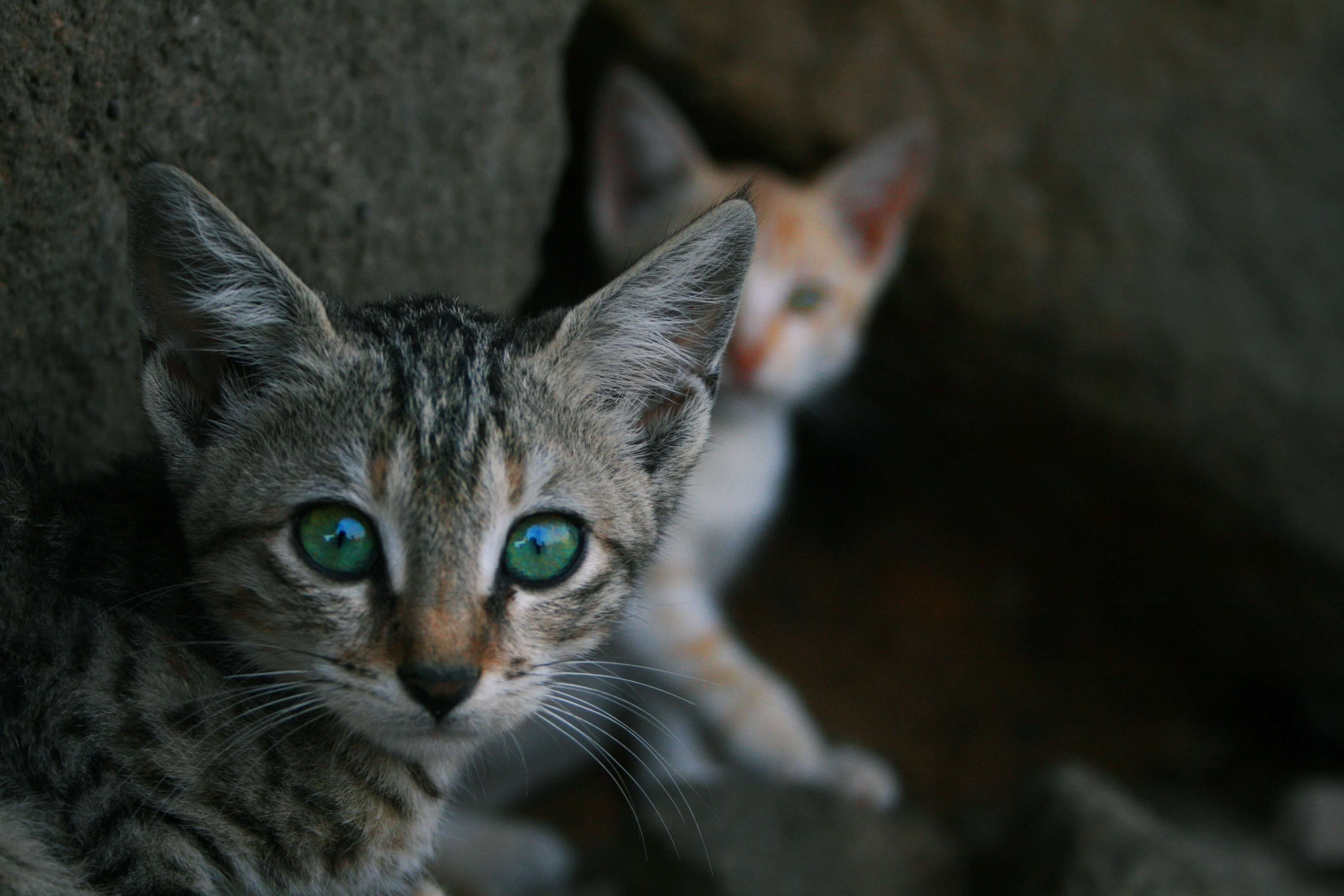Every day we witness kids being transported. Parents haul loads of children to soccer fields all over the country. Moms or dads push strollers or wear backpacks with babies in them. We’re able to carry our kids in our arms or in clever devices, and we take that for granted. But what if you walked on four legs and had no minivan? How would you transport your offspring from place to place? You might have to use your mouth to grab and lift them however you could, right?
Well, that’s the world cat moms live in. They have litters of tiny helpless kittens that potentially need rescuing and moving sometimes. A resourceful cat uses the only tool that she has, her mouth, to lift and move her kittens – and she grabs them by the neck!

It looks pretty shocking to an observer from a species that is able to lift and carry its infants easily. We can hold our babies securely when we carry them, but the cat mom can’t. If her kitty babies squirm or struggle, it is hard for the mother to get them safely from harm’s way in a hurry. But the babies always seem to be completely alright and calm with the transport. They even become motionless and curl up their legs.
It seems that nature has looked after cat mothers (and many other animal mothers) everywhere. A study in 2013 explored the response of infant mice to maternal transport. The scientists set up scenarios in which mother mice rescued pups when they were removed from the nest and placed inside a cup. The moms rapidly (within 15 minutes) found and retrieved the missing pups and they carried them by the neck, just like cat mothers do. The pups’ responses to the transport were monitored closely. Each pup became motionless and compact during transport. The immobility and curling occurred even when the researchers themselves gently carried the pups, mimicking the maternal grasp. They proposed that it was the touch and sensation of being suspended that induced the pups to become still and they were right. When they applied local anesthetic to the nape of the pups’ necks, the response was dampened.
The mice pups feel the grasp of their mother and their brains tell them to tuck and freeze, all while feeling calm. The result is that the mother has an easier time transporting the babies to safety. It is very likely that kittens (and most mammals) are wired the same way. What a clever adaption these animals have devised! Don’t worry. Nature has looked out for us too. The same study looked at the response of human infants and they too have some adaptations that calm them where they are carried.
Do you like learning about cats and kittens? I like sharing about them. Find me on Facebook by clicking here.
